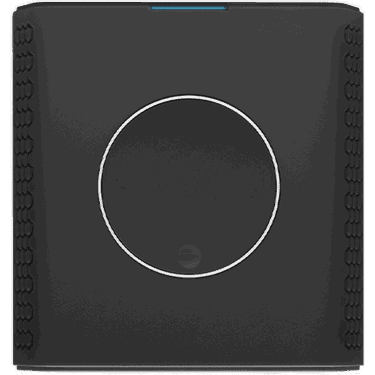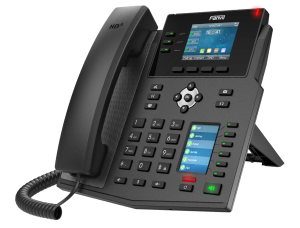In this release:
This release brings extensive improvements to our PBX system, a new call routing module, as well as bug fixes.
IMPORTANT NOTE! When upgrading from version 5.0.59 or older, follow the following procedure (click to expand)
If you are upgrading a Spark system, you may ignore the special instructions. For any other system of version 5.0.59 or lower please perform the following steps:
1. run
yum install xorcom-centos-release
2. run yum update
This will ensure the system will be updated from the correct repositories.
PBX Improvements
General
- We’ve added a new powerful module called ‘Number Manipulation’, accessible via Class of Service settings. This feature empowers administrators to create complex dialed number transformation rules tailored to specific user groups (Class of Service).
Key Capabilities
Customized Dialing Experiences: Direct calls based on CoS and dialed number combinations. For example, Group A dialing ‘0’ can ring local extension 200, while Group B dialing ‘0’ rings local extension 300.
Sample Configuration
Prepend : 300
Prefix : 0
Pattern : (empty)
Result : Dialing 0 will be translated to 300
Prefix Management: Automatically add or alter prefixes for specific CoS. For instance, CoS-A dialing ‘2XX’ can have one prefix added, while CoS-B dialing ‘2XX’ receives a different prefix.
Sample Configuration
Prepend : 9
Prefix : (empty)
Pattern : 2XX
Result : Dialing 201 will be translated to 9201
Simplified Extension Dialing: Implement shorter dialing codes within specific groups or locations. For example, in a large PBX with a 5-digit plan, enable 2-digit dialing for internal office calls and 3-digit dialing for inter-office calls, based on the originating CoS. This offers a more user-friendly alternative to speed dials for groups of extensions.
Sample Configuration
Prepend : 452
Prefix : 2
Pattern : XX
Result : Dialing 201 will be translated to 45201
- The new “Answer Announcement” feature allows a custom recording to be played automatically when an external call is answered by the called party. This announcement will be heard by both the caller and the recipient.
For example, you can use this to announce, “This call is being recorded” or to play other important messages or disclaimers to all participants at the start of the conversation, aiding in transparency and compliance.
- An option to block all incoming calls from anonymous callers has been added. This applies to all calls, regardless of the channel technology used—SIP, IAX2, or legacy telephony lines such as FXO, E1/T1, or ISDN BRI.

- It is now possible to grant certain extensions the privilege to call other extensions that have “Do Not Disturb” enabled. See the new Priority Extension parameter in the Extension Configuration dialog:

- It’s now possible to play specific recordings that callers will hear when toggling night mode.

- The “User Device” field will now be automatically populated with a name that is difficult to guess when creating new extensions. This change significantly reduces the risk of brute-force attacks on the PBX, where an intruder might attempt to guess both the SIP device name and its password in order to register a device and make unauthorized calls through the PBX.
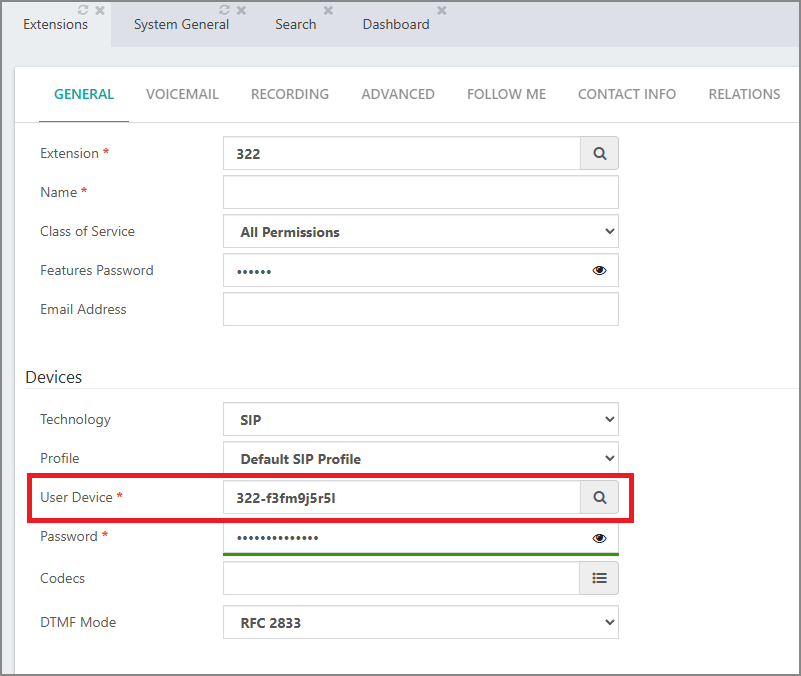
- The new “Log Unroutable Calls to CDR” setting (PBX Settings > System General) ensures that Call Detail Records (CDR) now include entries for those ending via ‘Terminate Call’ actions that may not have been logged before. This is enabled by default for enhanced call tracking.
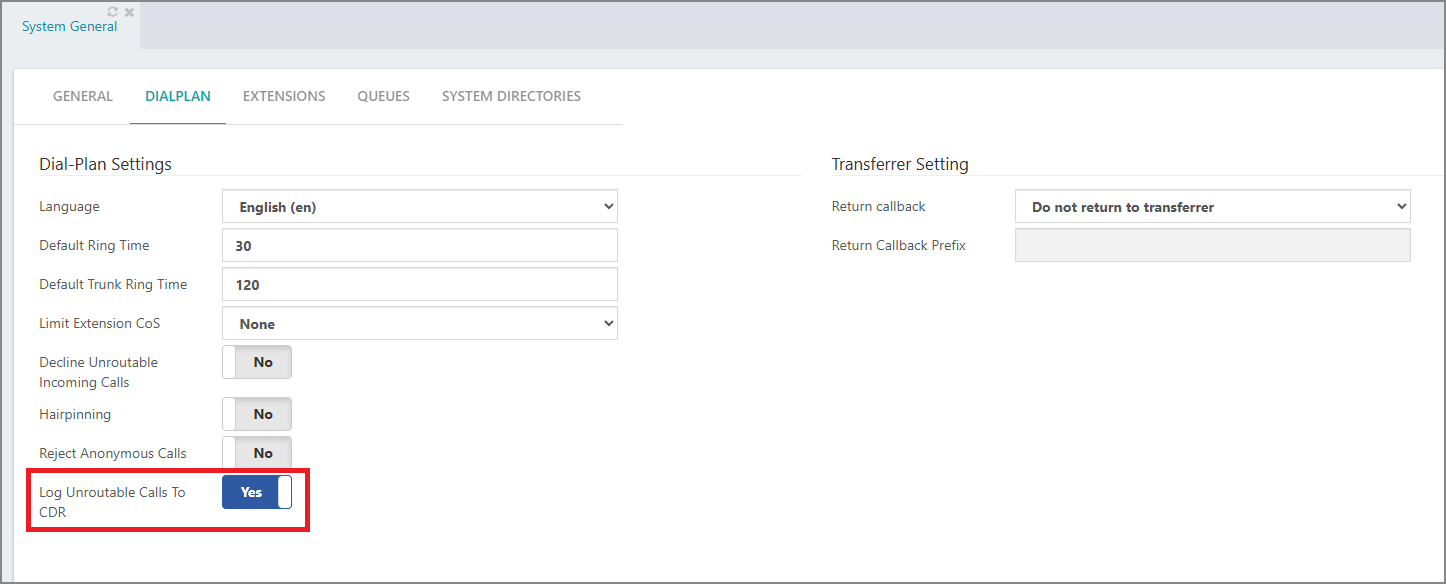
- You can now set a Return Destination for ‘Custom’ destinations in the Custom Application module. Note that your custom context must include a Return() statement at the end of the call processing; otherwise, the ‘Return Destination’ will not be used.
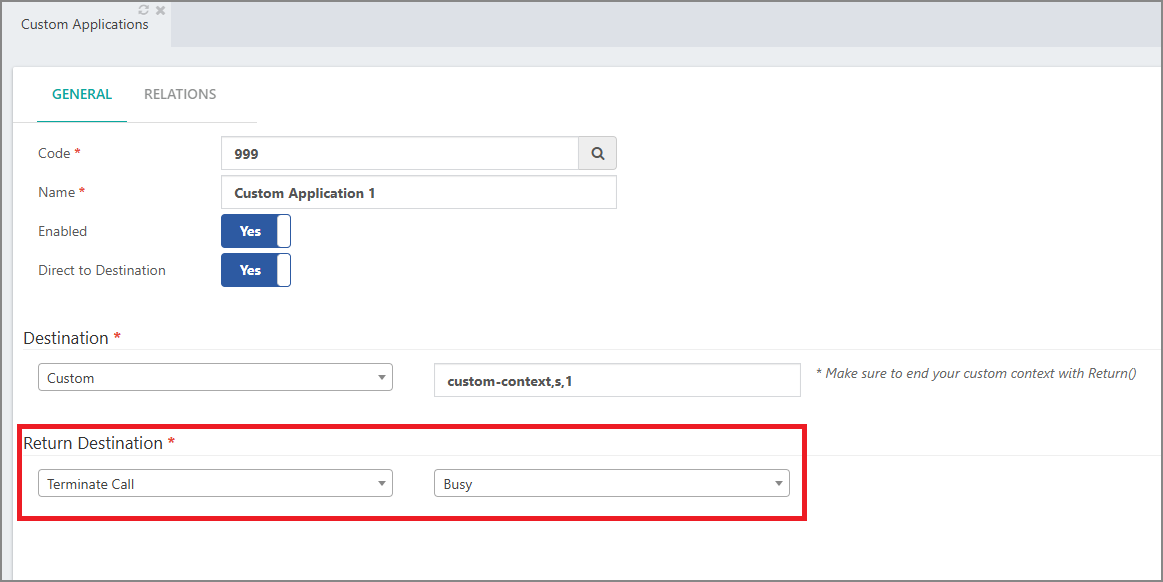
IP Phone Provisioning
- Fixed missing configuration entries for Fanvil X6U.
Call Center
- Now, the wrap-up time can be applied in one of two ways:
- Configure a maximum session duration for agents within specific queues; they will be automatically logged out once this time limit is reached.
This ensures accurate agent availability, leading to more efficient call routing and reliable queue performance data by minimizing inactive logged-in sessions.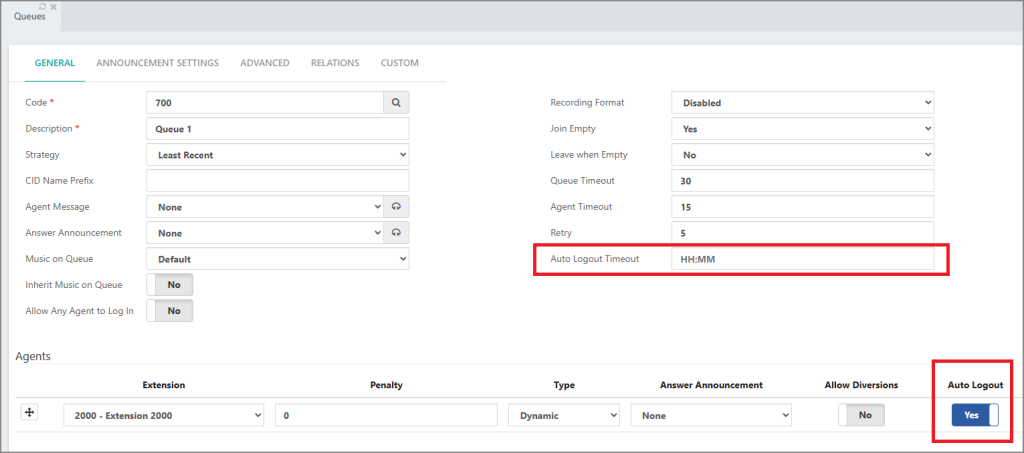
User Interface
- Improved the Search module to display key information more concisely, helping you understand search results at a glance.
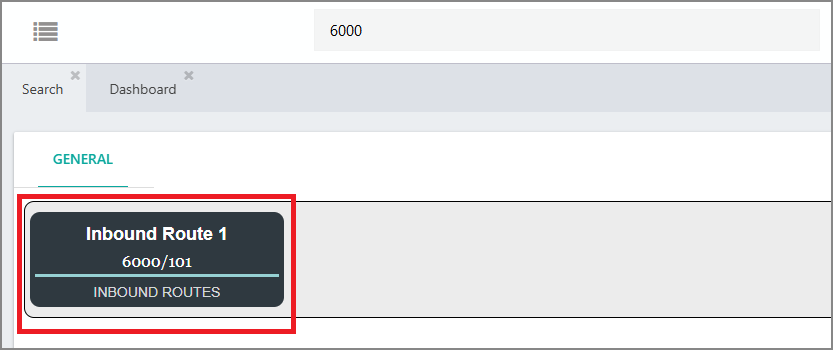
- The ‘Unlink Device’ action now uses a revised color to better highlight its importance and help prevent accidental unlinking.
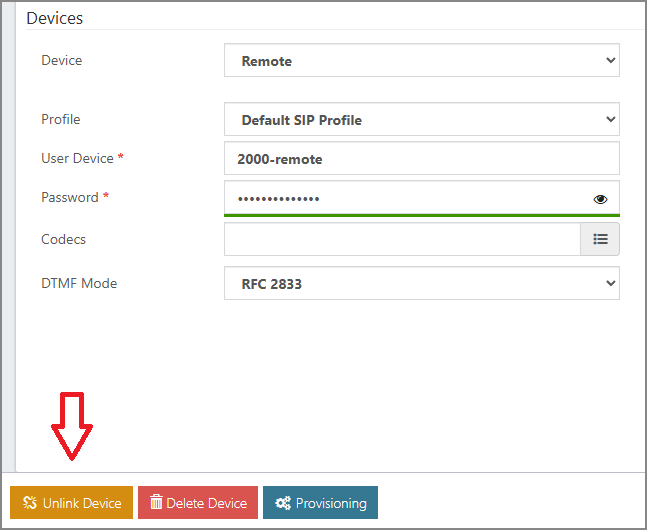
- The ‘System General’ module has been grouped into distinct tabs for improved organization and navigation.
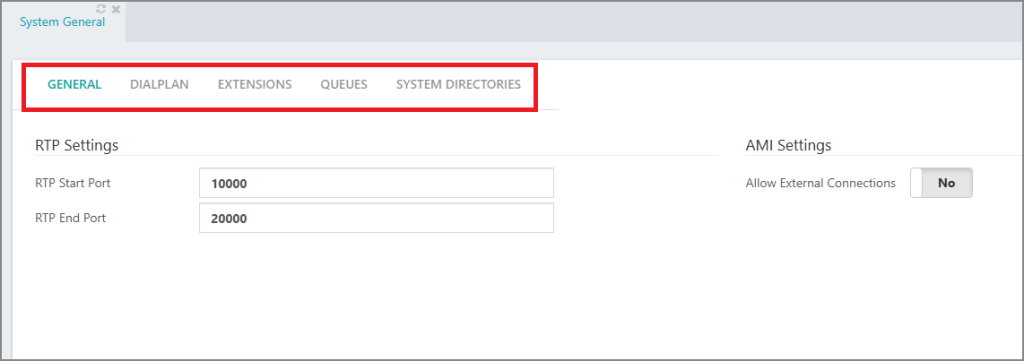
API
- Introduced a new API for managing Number Manipulation.
Bug Fixes
- Resolved a problem where Gigaset phones were not recognizing phonebook entries.
- Fixed an issue with ‘Voicemail Direct’ destination not playing the custom Greeting message.
- Fixed an issue preventing changes to ‘Ring Time’ after the 5.2.35 upgrade due to legacy value handling.
- Resolved interoperability issues with PHP v8.2 in the PHPAGI tool. The updated phpagi Debian package (version 2.2.1-20250506) is now available.

